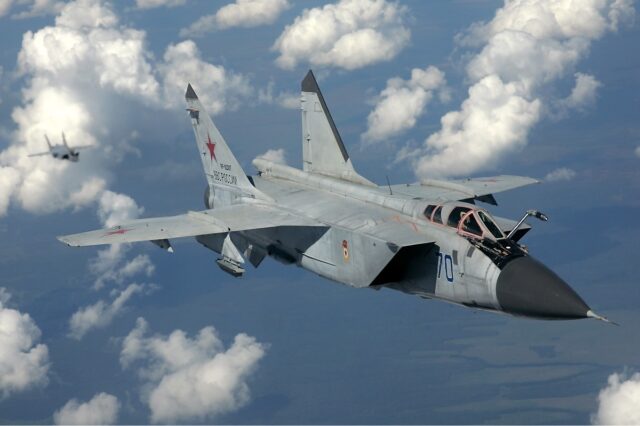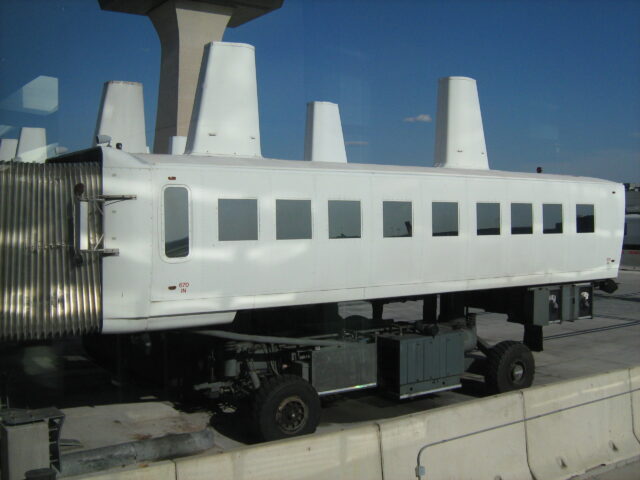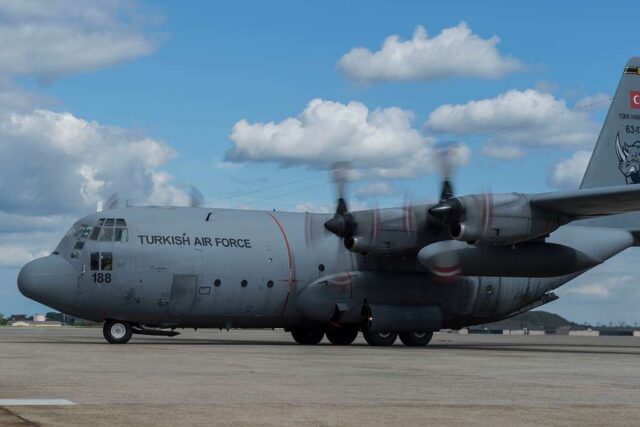Air Inuit receives the world’s 1st Boeing 737-800NG passenger/cargo combi aircraft

November 11, 2025
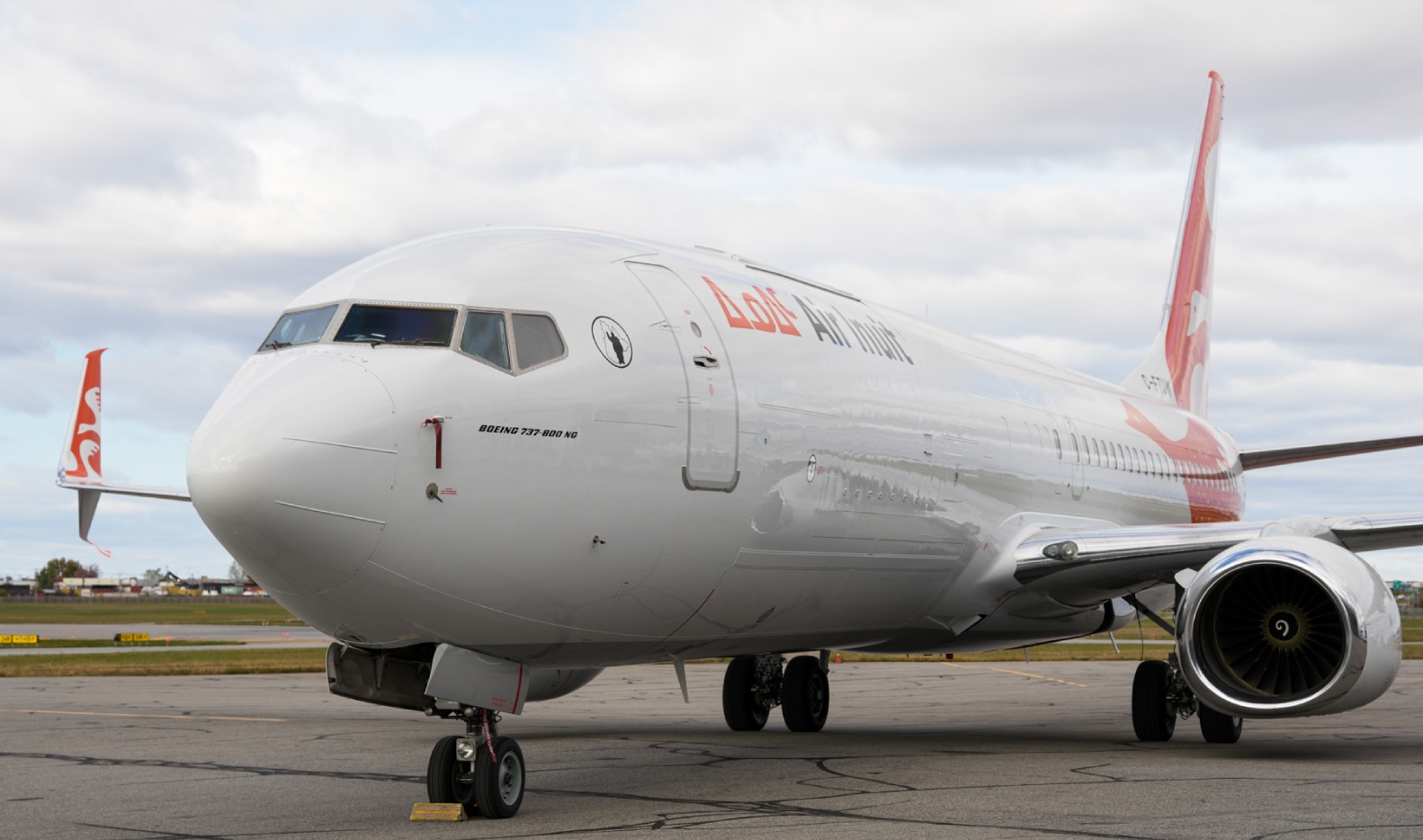
Canadian carrier Air Inuit has received the world’s first Boeing 737-800 passenger/freighter ‘combi’ aircraft. The plane, which is configured to carry a mixed load, is the culmination of three years of work from aircraft acquisition to its entry into service.
The aircraft is based on a standard Boeing 787-800 passenger-carrying platform but has been specially adapted to accommodate a mixed load of passengers and cargo simultaneously. The aircraft, registered as C-FTUW, was recently delivered to the carrier, having undergone conversion with KF Aerospace in Kelowna, Canada.
By eventually replacing the carrier’s Boeing 737-200C aircraft currently in service, fuel emissions will be cut by nearly 40%, says the airline.
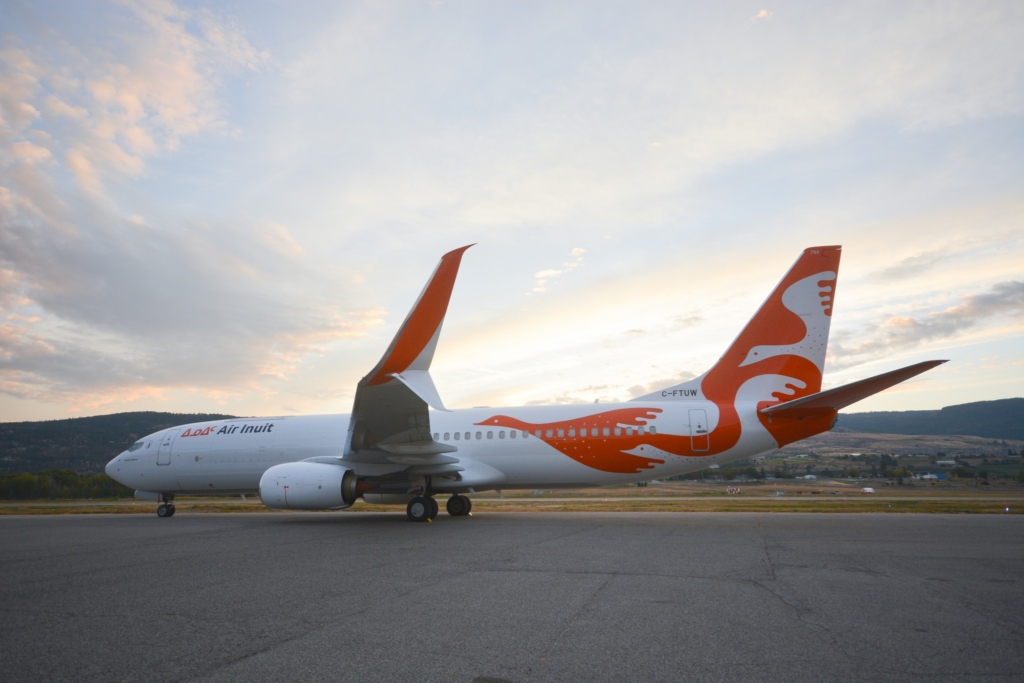
The first 737-800 combi aircraft in the world
According to Planespotters.net, the aircraft was originally delivered to the now-defunct South African airline Comair in December 2012 as ZS-ZWB. It served with that airline’s subsidiary, Kulula.com, until the carrier failed in 2022, following which the aircraft was parked in storage at Johannesburg OR Tambo International Airport (JNB).
In August 2023, the plane was ferried from Johannesburg to Kelowna Airport (YLW), where it underwent conversion before being delivered to its new owner at Montreal Trudeau Airport (YUL) on 9 October 2025.
Designed and modified through the collaboration with KF Aerospace, the aircraft underwent an extensive retrofit program including a cargo door and liner installation, a class B reinforced main deck cargo area, full rear cabin reconfiguration, and multiple system modifications.

A second aircraft, to be registered C-FTUY, is currently at Kelowna, undergoing the same conversion process and is also destined for Air Inuit.
“The dual-role aircraft have been designed to transport both passengers and cargo efficiently on Air Inuit’s northern jet routes, enhancing operational flexibility and supporting vital air service to remote communities,” said a KF Aerospace statement.
“The converted Boeing 737-800s will replace older airframes in the Air Inuit fleet, offering increased capacity, modern avionics, and improved fuel efficiency.”
A flexible layout for mixed-role flights
Upon its delivery, the first aircraft became the first ever Boeing 737-800 to operate in a combi configuration, combining an increased cargo capacity on the main deck via its new main deck cargo door, along with a fully redesigned passenger cabin.
The rear of the main deck features 90 economy class seats in a 3-3 layout, and a main galley, along with large overhead bins, and optimised lighting that adapts to each phase of travel for passenger comfort.

The in-flight internet streaming facility is powered by Starlink’s high-speed and low-latency connectivity product. The aircraft cabin is also certified for the installation of a medical stretcher for lay-down patient travel, if required.
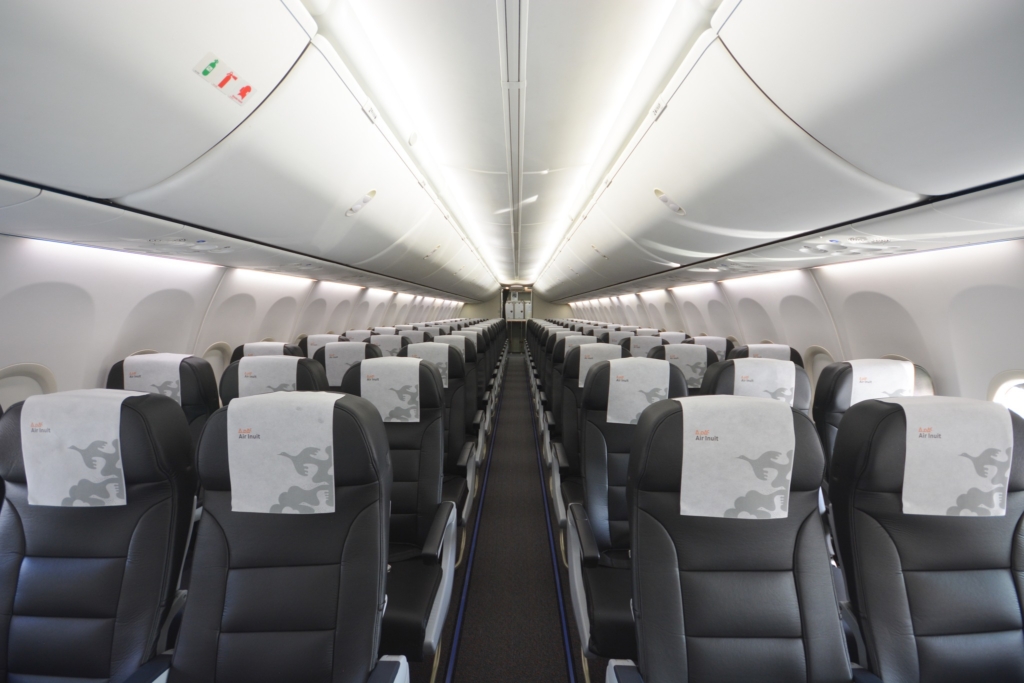
The main deck passenger cabin is separated from the forward cargo compartment via a fixed cargo bulkhead, giving the impression that the front row of seats is at the forward end of the plane to passengers. The airline says that this layout has been purpose-built for operations in the far north of Canada.
The Boeing 737-800 Combi is the perfect aircraft for Air Inuit
Developed specifically for the demanding conditions of Nunavik, Air Inuit’s latest aircraft conversion marks a world first in northern aviation, advancing safer, more flexible, and more efficient air services for the remote communities that depend on the airline.
The milestone caps a three-year effort to transform the airline’s operational capability through an innovative partnership with KF Aerospace, bringing together engineering expertise and a shared vision for sustainable regional connectivity.
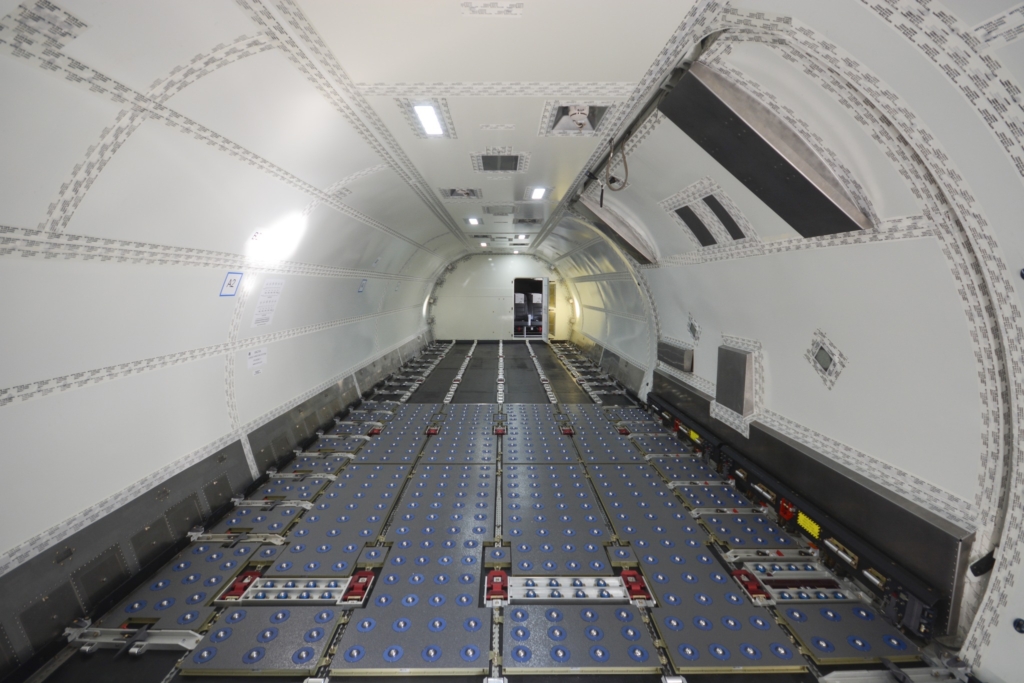
Air Inuit President and CEO Christian Busch described the programme as the product of “tireless efforts, valuable contributions, and a vision that we all elaborated together.”
He emphasised that tailoring solutions to the region’s unique challenges has always been central to the airline’s mission. “Creating unique solutions to cater to unique needs is part of Air Inuit’s DNA,” Busch said. “Together with KF Aerospace, we are modernising northern jet air services with our main focus of better serving Nunavik’s people.”
For KF Aerospace, the conversion represents another example of Canadian engineering innovation addressing the realities of regional aviation.
“This project reflects our deep commitment to helping customers like Air Inuit meet their unique operational needs,” said Gregg Evjen, President of KF Aerospace. He added that the successful delivery underscores “the capabilities of our engineering, manufacturing, and modification teams, who continue to deliver high-quality, tailored solutions in support of Canada’s regional carriers.”
The result is a bespoke aircraft platform designed to thrive in some of the harshest operating environments on the continent, blending technical precision with a clear social purpose: ensuring that Nunavik’s isolated communities remain safely and reliably connected year-round.
Air Inuit: A unique airline operator
Air Inuit is a niche operator with its headquarters based in Quebec, Canada, and serving 23 destinations across Arctic Northern Canada, otherwise known as Nunavik
According to ch-aviation, the company operates a fleet of four Boeing 737-200 combis, a single 737-300 combi, and a 737-800 freighter. The carrier also has six De Havilland Canada DHC-6 Twin Otters on strength, along with 4 DHC-8 (of differing variants).
One of these DHC-8s was the world’s first of the type to be converted from passenger to freighter configuration.

